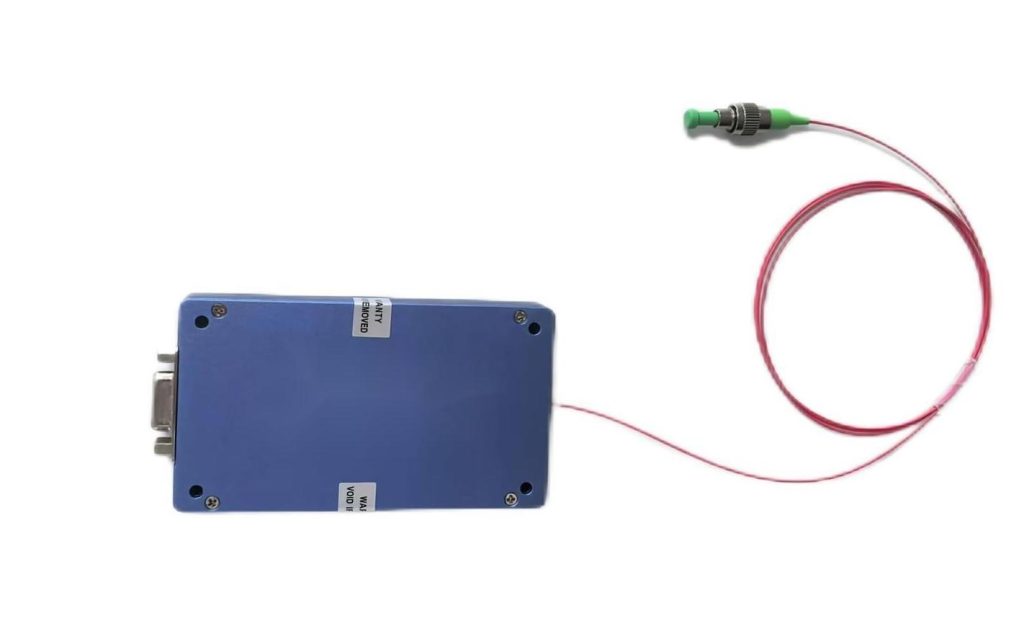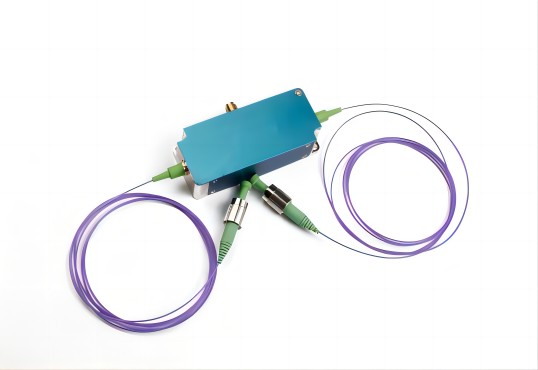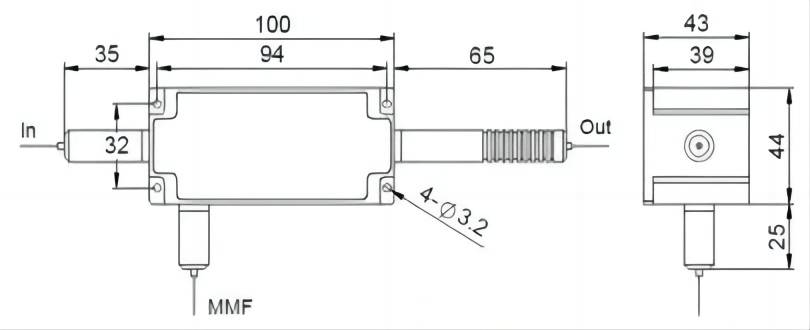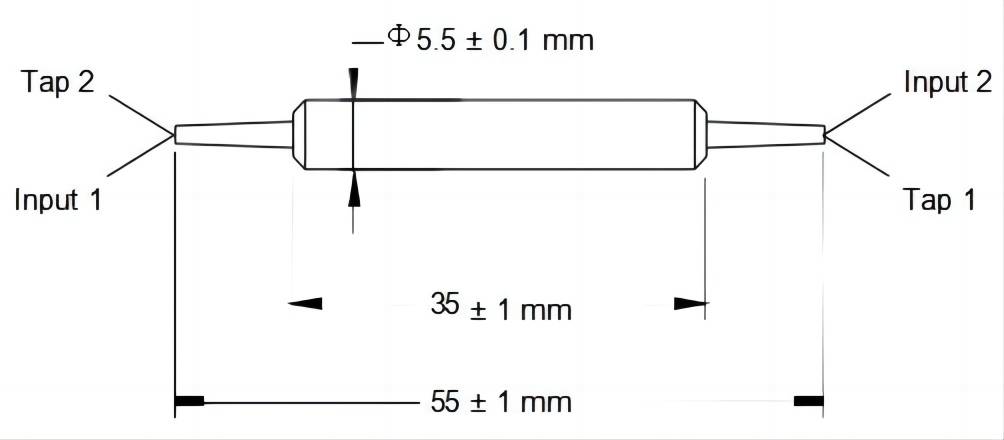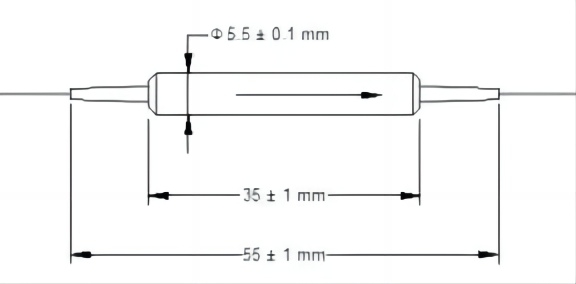How To Overcome The Phase Noise Problem Of Ultra-Narrow Linewidth Single-Frequency Fiber Lasers?
In today’s fields such as precision measurement, coherent communication and quantum technology, ultra-narrow linewidth single-frequency fiber lasers are highly favored for their outstanding spectral purity and frequency stability. However, thePhase noise problem has always been the key bottleneck restricting the improvement of its performance. This article will analyze the generation mechanism of phase noise and deeply explore a series of effective solutions to help scientific and technical personnel build low-noise laser systems.
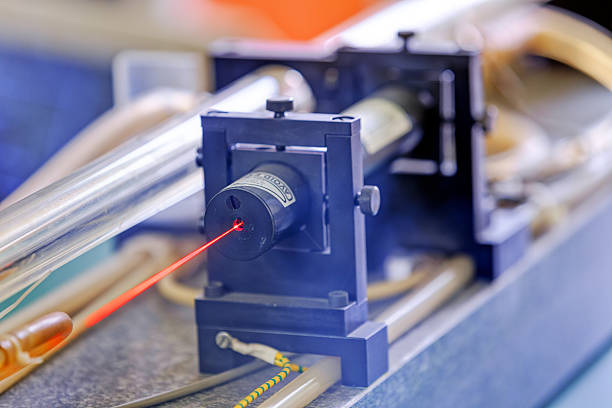
The Essence And Impact Of Phase Noise
Why do we still observe those disturbing noise sidebands on the spectrum analyzer even with the most precise single-frequency lasers? This problem might have troubled many engineers in the field of lasers. To answer this question, we need to start from the basic principle of laser noise.
Ideally, the output light wave of a single-frequency single-longitudinal-mode laser should have a constant frequency and phase, presenting as a perfect single spectral line. However, the reality is that the inevitable spontaneous radiation in lasers leads to random fluctuations in phase and amplitude. This randomness is precisely the root cause of laser noise, manifested in three main forms: Relative intensity noise, random frequency noise, and random Phase noise.
Phase noise is particularly worthy of attention because it can be divided into short-term frequency stability and long-term frequency stability. The former is caused by random noise, while the latter is due to factors such as temperature and aging. In the application of ultra-narrow linewidth lasers, the main issue we deal with is the short-term stability of frequency.
In frequency domain characterization, there are two ways to define phase noise:
Phase fluctuation power spectral density: mean square phase fluctuation (rad²/Hz) per unit bandwidth
Single sideband phase noise: The ratio of sideband power to carrier power within a 1Hz bandwidth at the offset frequency (dBc/Hz)
After understanding these basic concepts, let’s delve into how to overcome these challenges through a systematic approach.
Laser Structure Optimization Strategy
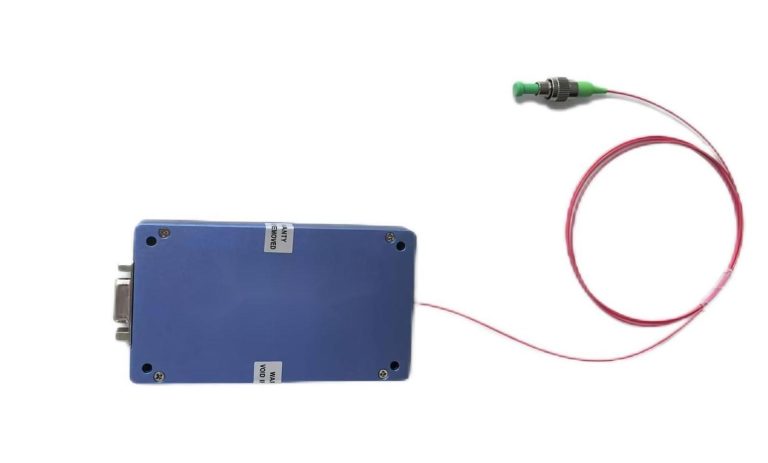
Innovative design of resonant cavity
Optimizing the structure of the laser is the first line of defense against Phase noise. Distributed feedback (DFB) and distributed Bragg reflection (DBR) lasers can effectively select a single longitudinal mode by introducing a periodic structure in the gain medium, thereby significantly reducing phase noise. These designs essentially create stronger mode selectivity and suppress mode competition that may cause phase fluctuations.
Does your laser often experience mode jumps? This might be a signal of insufficient design of the resonant cavity. Long resonant cavity design is another effective strategy, which reduces the longitudinal mode interval by increasing the cavity length. This method is based on a simple physical principle: a longer cavity means a smaller free spectral range (FSR), which weakens the competition between adjacent longitudinal modes and thus helps to suppress phase noise.
The application of narrowband filtering technology
When pursuing Ultra Narrow Linewidth performance, relying solely on resonant cavity design is often insufficient. The introduction of narrowband spectral filters such as Fabry-Perot (FP) cavities or fiber gratings can further purify the single longitudinal model property. These components act as optical “sieves”, allowing only extremely narrow frequency bands of light to pass through and effectively filtering out stray patterns that may cause phase fluctuations.
It is particularly worth noting that the performance of the filter is closely related to the installation stability. Even the best filter will deteriorate its filtering characteristics if it is affected by mechanical vibration or temperature fluctuations. Therefore, these components need to be considered in conjunction with the stability design of the overall system.
Key Technologies For Enhancing Stability
Temperature and vibration control
Temperature fluctuation is one of the main factors leading to long-term instability of frequency. Precise temperature control of the laser, using thermoelectric cooling (TEC) or heating systems to maintain the operating temperature within ±0.01°C, can significantly reduce the resulting Phase noise. Modern precision laser systems often adopt multi-level temperature control strategies: chip-level TEC, module-level temperature control, and ambient temperature stability.
Vibration interference should not be ignored either. Mechanical vibrations common in laboratory environments, even if so tiny as to be imperceptible, may introduce significant phase noise through the Doppler effect or stress optical effect. The adoption of mechanical isolation measures such as air flotation vibration isolation tables or active vibration isolation systems, combined with the installation of soft bases, can effectively solve this problem.
Drive and power supply system optimization
Have you checked the power supply noise of the laser? This simple question is often overlooked, yet it is the key to diagnosing phase noise problems. Power supply ripple and drive current fluctuation will directly modulate the output characteristics of the laser. The adoption of low-noise power supplies and precise drive circuits, combined with appropriate filtering and shielding measures, can significantly improve system performance.
The stability of the current source is equally important. It is recommended to use battery-powered or linear regulated power supplies to avoid the high-frequency noise caused by switching power supplies. For the driving current, it is necessary to ensure that the stability reaches at least the ppm level, and consider using feedforward compensation technology to counteract known disturbances.
Advanced Noise Suppression Technology
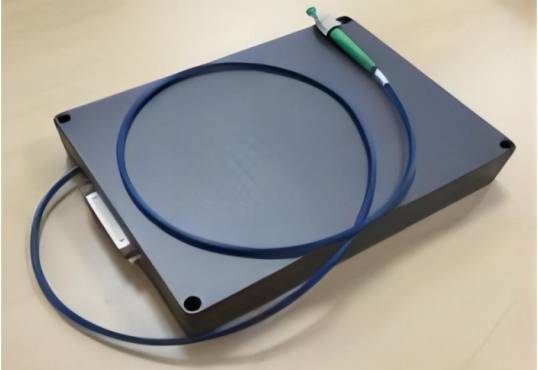
Frequency stabilization and locking technology
Self-locking frequency technology represents one of the most effective methods for suppressing Phase noise. By locking the laser to a stable reference frequency (such as molecular absorption lines or high-precision optical cavities), a line width at the Hz level or even sub-Hz level can be achieved. This technology essentially uses an external “ruler” to correct the frequency fluctuations of the laser.
Experiments have proved that locking the ultra-narrow linewidth fiber laser into the ultra-low expansion (ULE) cavity can achieve an instantaneous linewidth of less than 1Hz. Of course, the performance of this scheme largely depends on the quality and stability of the reference cavity.
Heterodyne detection and noise characterization
Only by understanding the enemy can we better defeat it. Coherent delay heterodyne method is a technique for precisely measuring phase noise. By interfering the laser with its own delayed version, the phase noise characteristics of the laser can be comprehensively characterized. This measurement not only reveals the severity of the problem but also helps to locate the source of the noise.
A typical measurement system consists of an 80MHz acousto-optic modulator (AOM) and several kilometers of delayed optical fibers, capable of detecting frequency fluctuations at the Hz level. Based on the measurement results, engineers can optimize the laser design in a targeted manner, forming a closed-loop improvement process.
Comprehensive solutions and emerging technologies
Nonlinear frequency transformation technology
In some special applications, nonlinear optical processes such as stimulated Brillouin scattering (SBS) can offer unique noise suppression advantages. Through a carefully designed SBS process, narrow-linewidth Stokes light can be generated, and its phase noise characteristics may be superior to those of pumped lasers. Although this technology increases the complexity of the system, it can achieve performance that is difficult to reach with traditional methods in specific scenarios.
Multi-technology collaborative optimization
Experience shows that the most effective Low noise laser systems often combine multiple technologies. For instance, combining DFB lasers with narrowband filters and self-locking frequency technology can leverage their respective advantages and create a synergistic effect. This “multiple defense” strategy can suppress noise at different levels and achieve Ultra Narrow Linewidth output.
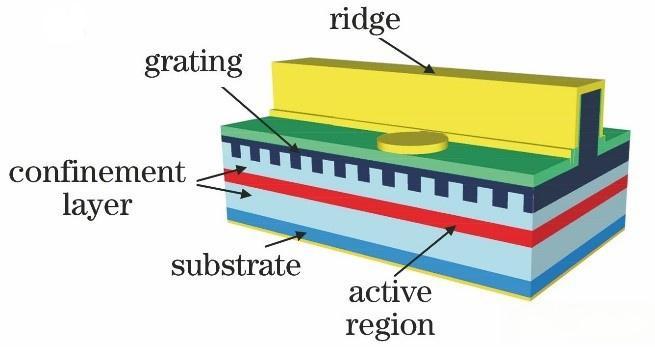
A typical successful case is the combination of
- Low-noise DBR laser chip
- Two-stage FP cavity filtering
- Precision temperature control system (±0.001°C)
- Pound-Drever-Hall locking based on ULE cavities
- This combination has been proven to be capable of achieving a linewidth of <100mHz and single-sideband phase noise of -100 DBC /Hz@10kHz.
Conclusion
There is no one-size-fits-all solution to overcome the Phase noise problem in ultra-narrow linewidth single-frequency fiber lasers. As we have discussed, this requires collaborative innovation from multiple aspects such as laser physics, mechanical design, electronic control and materials science.
With the development of cutting-edge technologies such as 5G/6G communication, gravitational wave detection and quantum computing, the demand for Ultra Narrow Linewidth Low noise laser sources will only become increasingly demanding.
Finally, it is worth remembering that noise suppression is an endless pursuit. Today’s limits may just be the starting point of tomorrow. Continuous innovation and striving for excellence are the keys to maintaining technological leadership.


